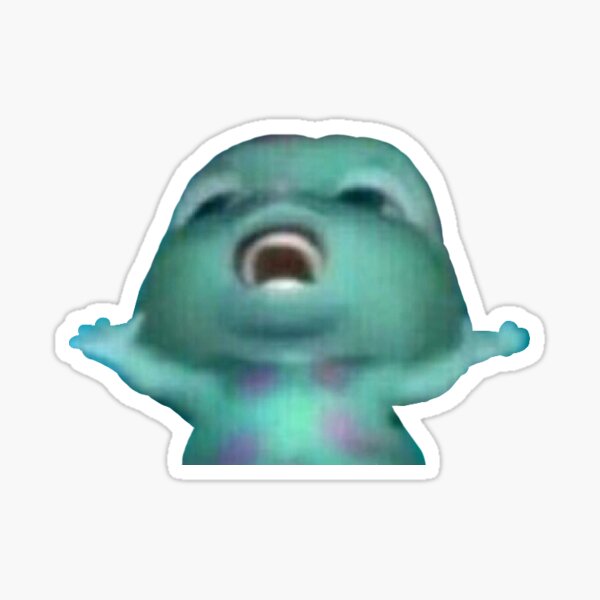skeletal
Cards (40)
- What are bone cells found in?
- What is the role of osteocytes?
- How do osteocytes respond to changes in pressure?
- What signals do osteocytes send to other bone cells?
- What do osteoblasts do?
- What happens to osteoblasts after they complete their function?
- What is the function of osteoclasts?
- Why do osteoclasts break down bone tissue?
- What is necessary for bone health?
- When are osteoblasts more active?
- What are the functions of the musculoskeletal system?
- How many types of bones are there in the human body?
- What are the five types of bones?
- What characterizes long bones?
- What is the function of short bones?
- What is the structure of flat bones?
- What is the role of sesamoid bones?
- What defines irregular bones?
- What are the two parts of the skeleton?
- What does the axial skeleton include?
- What does the appendicular skeleton include?
- What is a joint?
- What are the three types of joints?
- What characterizes fibrous joints?
- What is the function of cartilaginous joints?
- What are synovial joints known for?
- What are the roles of connective tissues in joints?
- What is the role of cartilage in joints?
- What does the synovial membrane do?
- What are ligaments made of?
- What do tendons connect?
- What are bursas?
- What is synovial fluid?
- What are the types of muscle in the human body?
- What is the difference between involuntary and voluntary muscles?
- Where is smooth muscle found?
- What is the function of cardiac muscle?
- What is the role of skeletal muscle?
- What type of muscle allows involuntary movement?
- What type of muscle allows voluntary movement?
